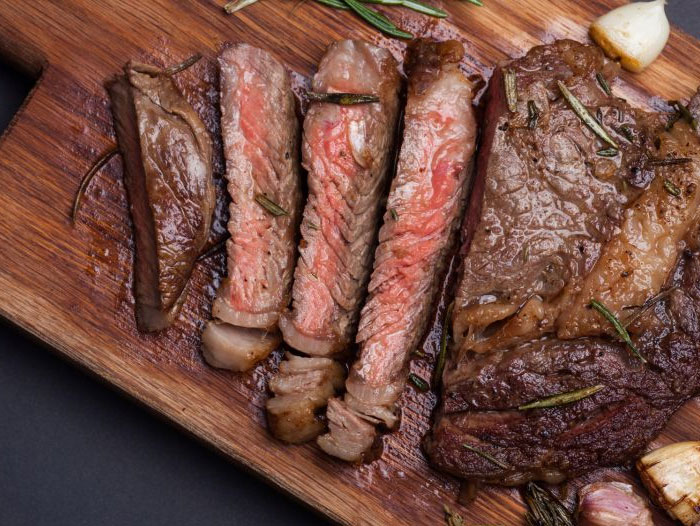Love Beef Tender: How Aging Affects Beef’s Tenderness
September 1, 2020 | 1 min to read

Tenderness is one of the biggest influencers of consumer approval of beef. Since most consumers can differentiate between tough and tender beef, improving tenderness is a high priority for the beef industry. One of the best methods to do this is by aging beef. According to aging standards, muscles should age for a minimum of 14 days for optimal effect. The majority of aging in the industry exceeds this minimum standard, with average aging times at foodservice and retail at 31.5 and 25.9 days, respectively1. Currently, aging combined with other product quality improvements such as rising USDA quality grades (aka, more marbling) the use of electrical stimulation in processing plants and greater implementation of branded programs have resulted in all-time high levels of beef tenderness across all sectors of the supply chain. Understanding the science behind aging allows retailers, foodservice operators and chefs to have more informed conversations when purchasing beef.
Aging of meat is a natural process that occurs when meat is stored under controlled refrigerated conditions. This process is used to affect traits that influence consumer satisfaction, including tenderness and flavor. Different cuts and sometimes different USDA quality grades of the same cut require different aging durations to fully capitalize on tenderness improvements.
To read the rest of the story, please go to: Beef Checkoff
